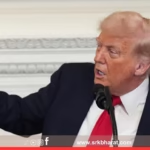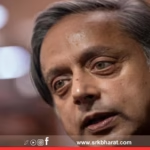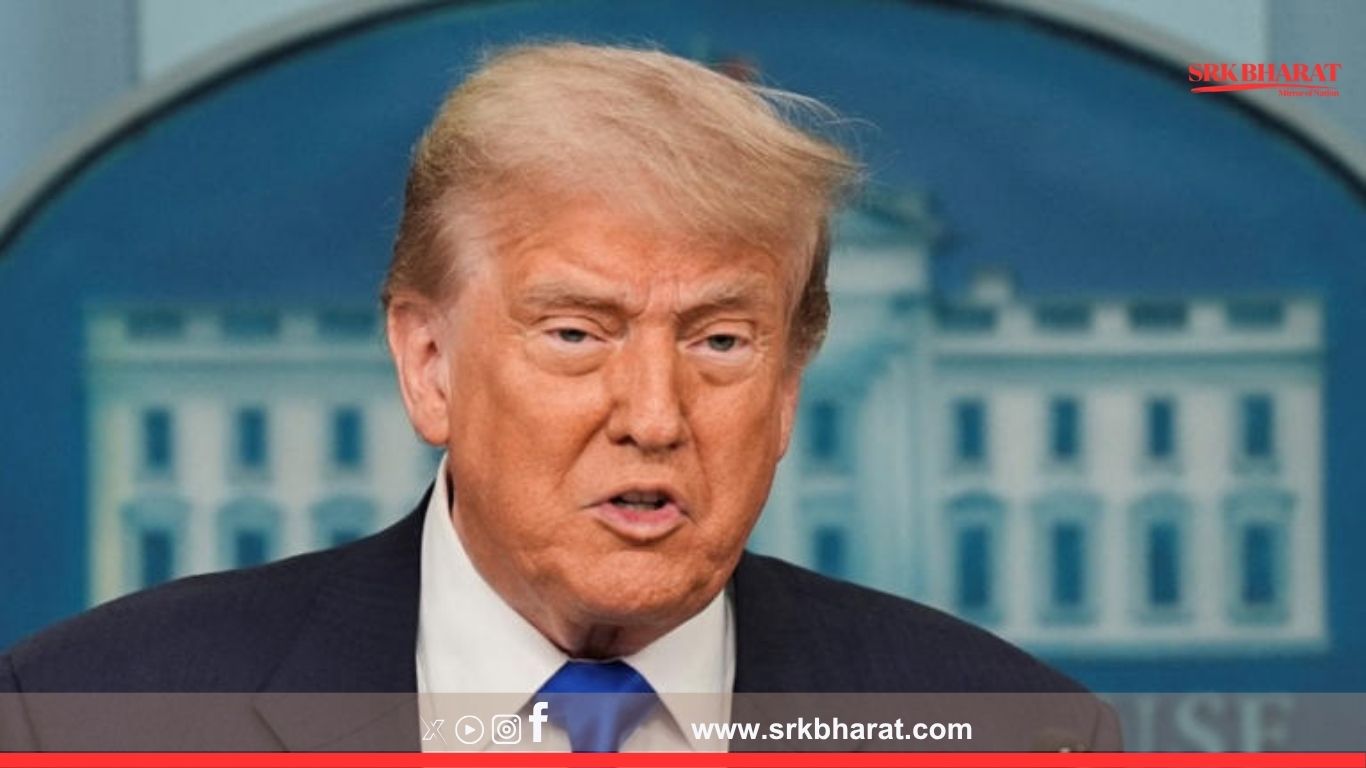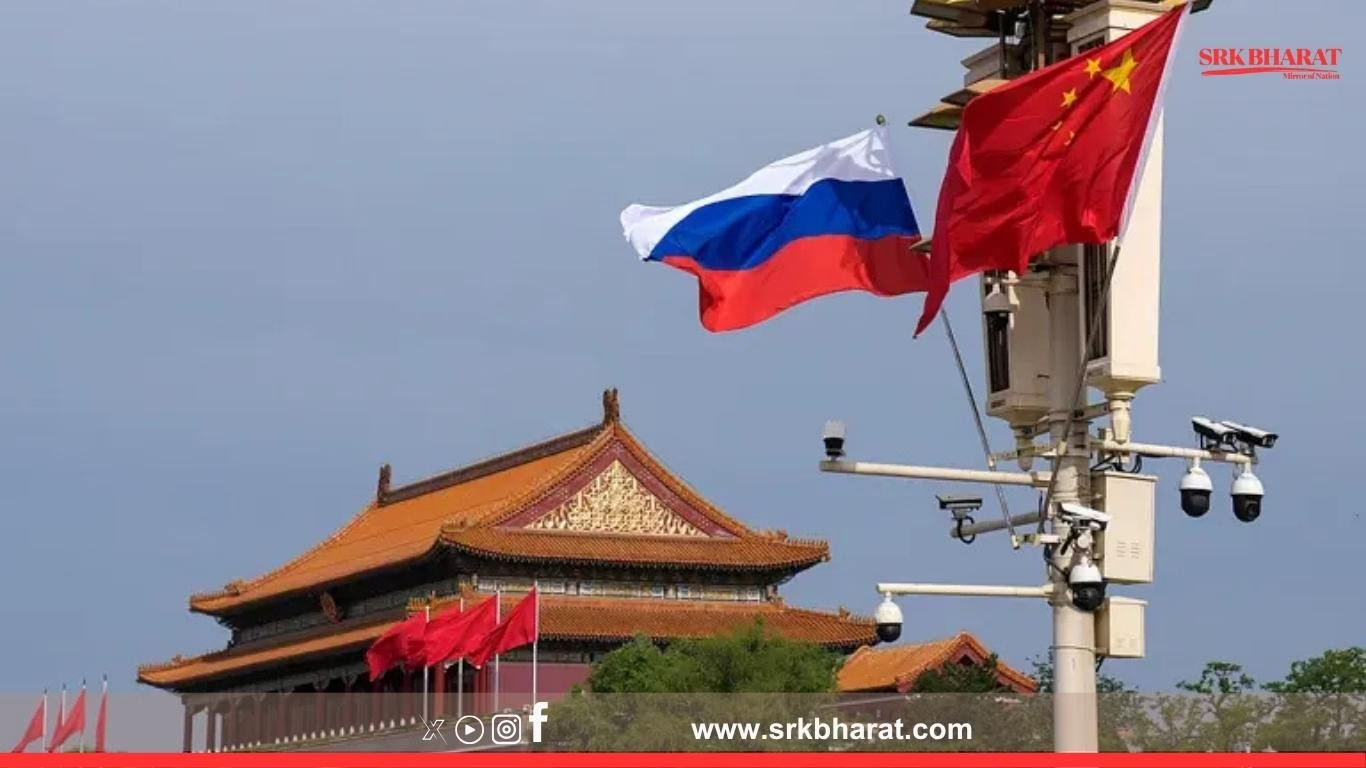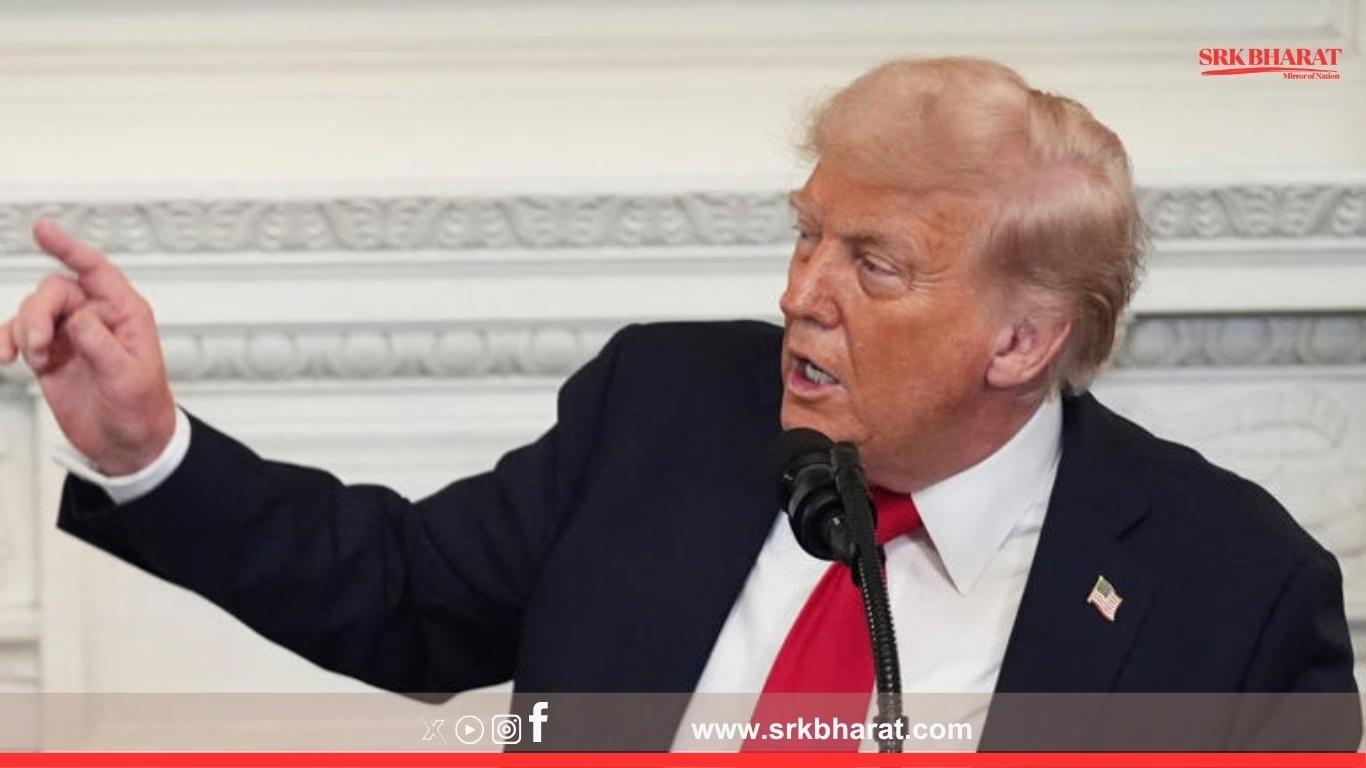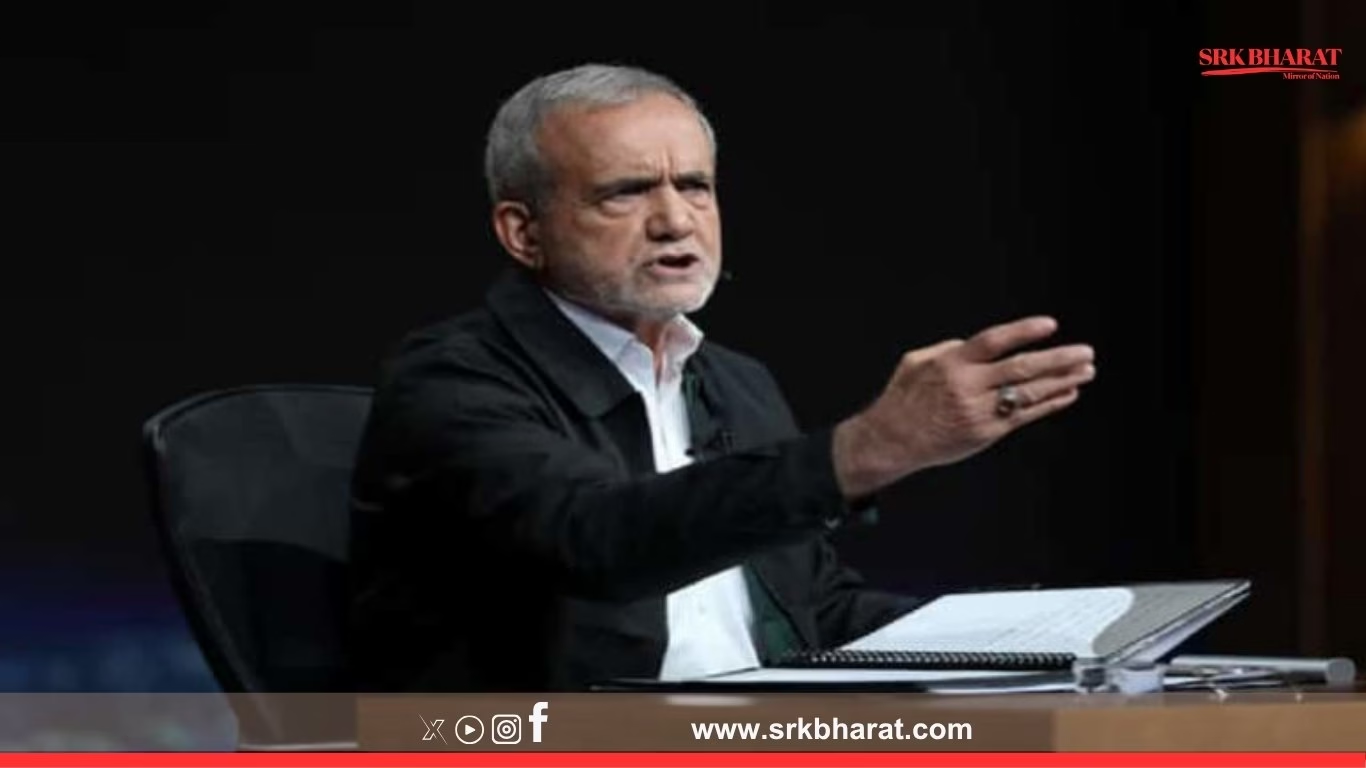Former US President and Republican frontrunner Donald Trump’s highly publicised ‘Big, Beautiful Bill’ is now heading for a decisive final vote in Congress this week. The ambitious legislation – officially titled the America First Economic Security and Immigration Reform Act, 2025 – has drawn global attention not only for its domestic economic promises but also for its potentially significant impact on Indians, particularly professionals, entrepreneurs, students, and investors.
What Is The ‘Big, Beautiful Bill’?
First unveiled during Trump’s 2024 presidential campaign rallies, the bill is a comprehensive package aiming to:
- Reinforce American manufacturing and supply chains
- Reform immigration processes with merit-based enhancements
- Introduce strategic tax breaks to incentivise US-based employment and innovation
- Strengthen border security with advanced surveillance and technology
Trump has described it as “the largest, smartest, and most beautiful economic bill in US history” with the slogan: Jobs for Americans, opportunities for achievers.
Key Provisions Relevant To Indians
- Merit-Based Green Card System Expansion
The bill proposes replacing the existing per-country cap on employment-based green cards with a point-based merit system, similar to Canada and Australia.
| Criteria | Points Weightage |
|---|---|
| Educational qualifications | High (Master’s, PhD, STEM degrees) |
| Work experience in specialised fields | Moderate-High |
| US-based employment offer with salary thresholds | High |
| English language proficiency | Moderate |
| Age | Moderate (priority for 25-45 years) |
This could dramatically shorten green card backlogs for skilled Indian professionals who currently wait decades under the EB-2 and EB-3 categories due to country caps.
- STEM OPT Extension
The bill recommends extending the Optional Practical Training (OPT) period for international STEM graduates from 3 to 5 years, allowing Indian students more time for professional experience and employer-sponsored visas.
- Startup Founder Visa Programme
Inspired by Canada’s Startup Visa, a new category is proposed for foreign entrepreneurs who:
- Secure US venture capital funding above $500,000
- Generate at least 5 full-time American jobs within 3 years
Indian tech founders and innovators can leverage this route to establish and expand businesses directly in the US.
- Lower Corporate Tax Rate For Tech Manufacturing
The bill aims to reduce corporate tax from 21% to 15% for companies investing in semiconductors, AI, EV batteries, and renewable technologies within the US. This incentivises Indian IT giants and manufacturers (Tata, Infosys, HCL, Wipro, Mahindra) with US subsidiaries to expand local production, creating jobs and strengthening trade ties.
- H-1B Visa Reforms
While prioritising Americans for certain jobs, the bill protects H-1B visas for “specialty occupations that cannot be filled by US workers”, streamlining processing times to under 6 months for employers meeting compliance standards.
Trump’s Promise To Indian Americans
During a rally in Texas, Trump stated:
“This bill makes sure we bring the brightest minds from India and across the world while giving American workers the first right to jobs. It is fair, transparent, and smart – exactly what America needs.”
Impact On Indian Professionals
| Area | Current Challenge | Bill’s Proposed Solution |
|---|---|---|
| Green Cards | Country caps lead to 20-80 year waits for Indians | Points-based merit system removes caps, prioritising skills and contributions |
| STEM OPT | Limited to 3 years, risking status expiry | Extended to 5 years, enhancing career prospects |
| Startup Visas | No dedicated startup founder route | New Startup Founder Visa promotes tech entrepreneurship |
| H-1B Processing | Delays up to 1.5 years | Streamlined approvals within 6 months |
Why India Is Watching Closely
India is the largest source of high-skilled migrants to the US, with over 75% of H-1B visas annually issued to Indians. An estimated 1.2 million Indians await employment-based green cards. The bill’s merit system promises:
- Faster residency pathways for skilled professionals
- Expanded opportunities for students in STEM fields
- Encouragement for Indian companies to invest in US-based R&D and manufacturing hubs
Critics Raise Concerns
However, critics argue that the bill:
- Imposes strict salary thresholds potentially unaffordable for small companies
- Risks reducing diversity by overly favouring STEM-heavy profiles
- May restrict family reunification visas in favour of merit-based categories
Democratic Senator Kamala Harris said:
“While recognising merit, we must remain a nation that reunites families and offers refuge to the vulnerable.”
Political Timeline
| Date | Milestone |
|---|---|
| March 2025 | Bill introduced in House of Representatives |
| April 2025 | Passed in House with Republican majority |
| June 2025 | Senate Judiciary Committee clears bill |
| July 7, 2025 | Expected final Senate vote |
| July-August 2025 | Presidential assent if passed |
Possible Scenarios
- Bill Passes Senate With Republican-Democrat Bipartisan Support: Trump achieves a major legislative win, and Indian professionals see policy benefits from early 2026.
- Bill Passes With Amendments: Provisions like family visa cuts may be diluted while retaining merit-based expansions.
- Bill Fails Due To Filibuster Or Democratic Block: Trump campaign may use it as an electoral plank to mobilise voter support in upcoming primaries.
Indian Diaspora’s Reaction
Indian Americans, especially tech professionals in California, Texas, and New Jersey, have largely welcomed the green card backlog solution. Social media platforms like X (Twitter) are flooded with hashtags such as #BigBeautifulBill, #MeritGreenCard, and #IndianProfessionalsMatter.
- Prashant Sharma, Dallas-based software architect:
“If the bill clears, my family’s 15-year wait for green cards could end in under 2 years. It will change lives.” - Radhika Menon, Houston STEM graduate student:
“The 5-year OPT would let me work in AI research and strengthen my PhD application without visa stress.”
Geopolitical Dimension
Experts say the bill aligns with broader US goals to counter China by:
- Attracting global STEM talent from India, Europe, and Southeast Asia
- Strengthening domestic tech manufacturing to reduce dependence on Chinese supply chains
- Creating high-income jobs for Americans, potentially dampening anti-immigrant sentiments
Conclusion
Trump’s ‘Big, Beautiful Bill’, with its emphasis on merit, manufacturing, and strategic immigration reform, has far-reaching implications for Indian professionals, students, and businesses. As the Senate gears up for the crucial vote, millions of Indian families and the broader diaspora community are waiting with cautious optimism, hoping the final outcome transforms their long-standing American dream into reality.
Disclaimer: This news report is based on legislative briefings, political statements, and expert analysis. Readers are advised to follow official US government updates for final bill language and implementation guidelines.




